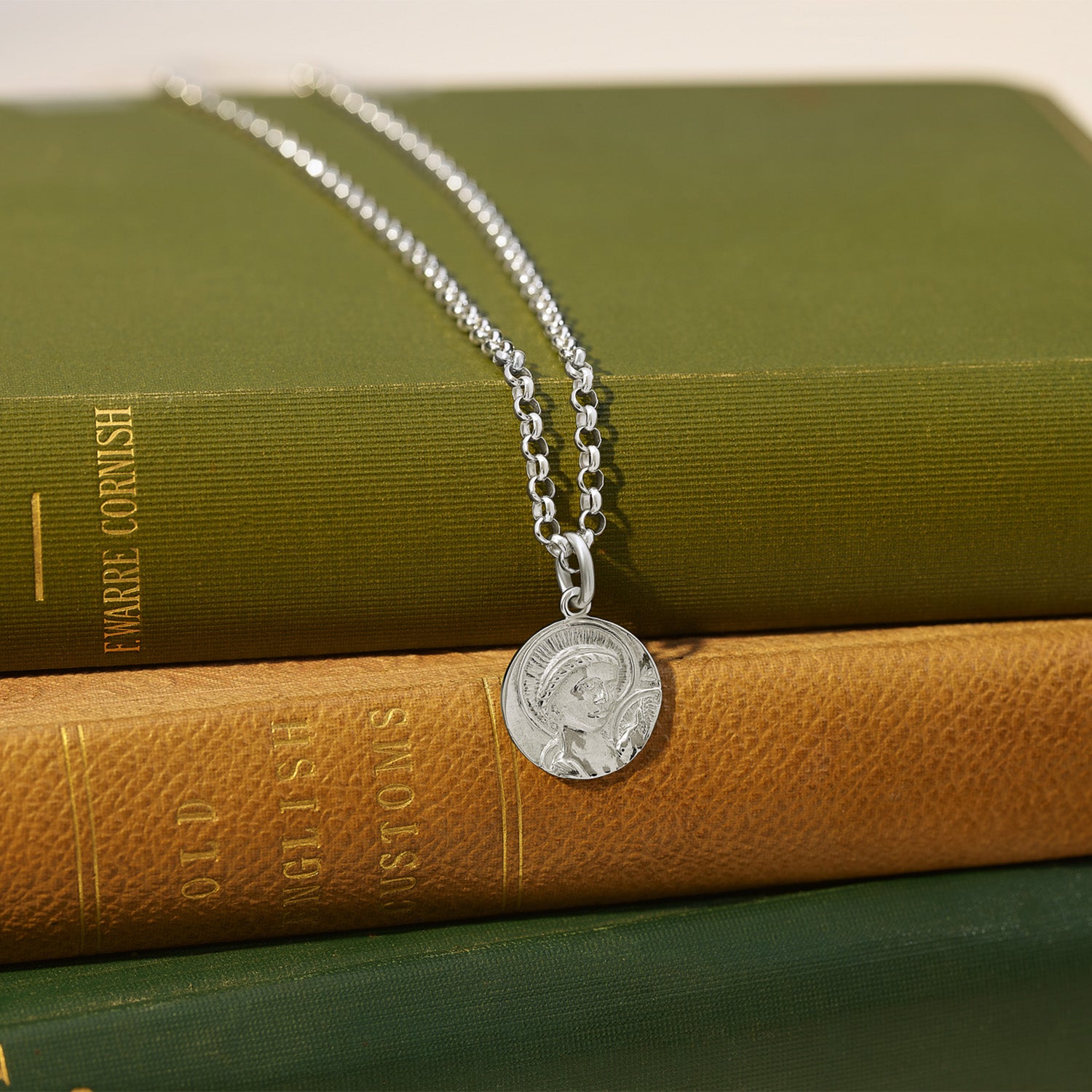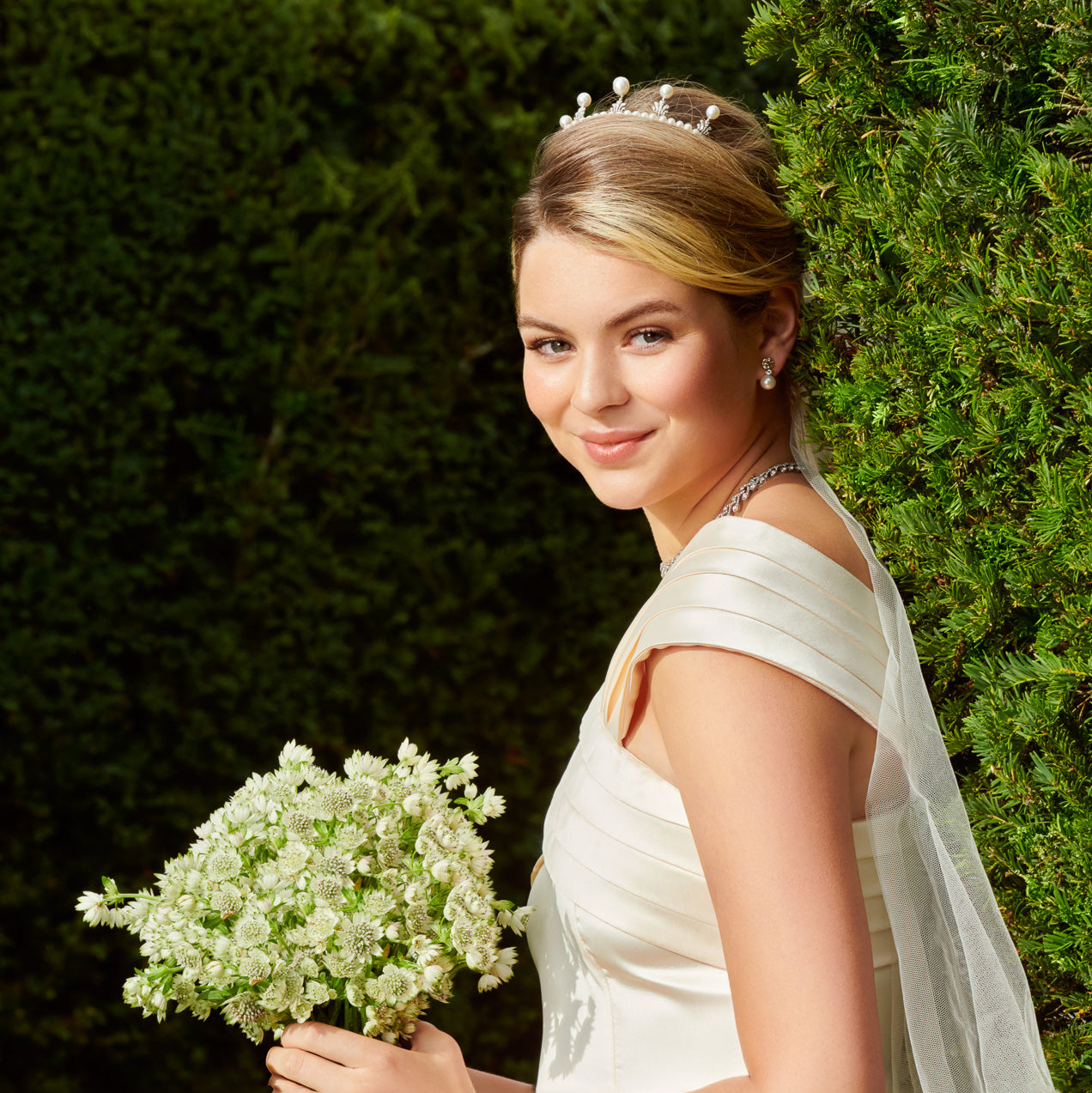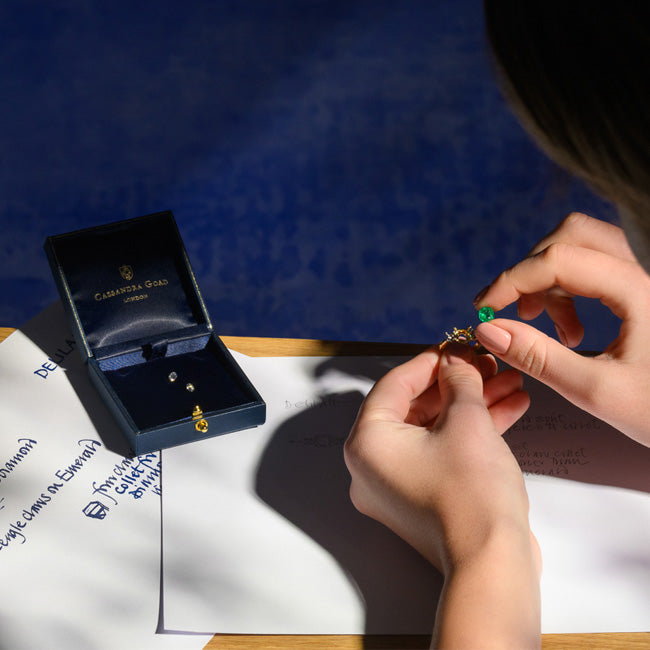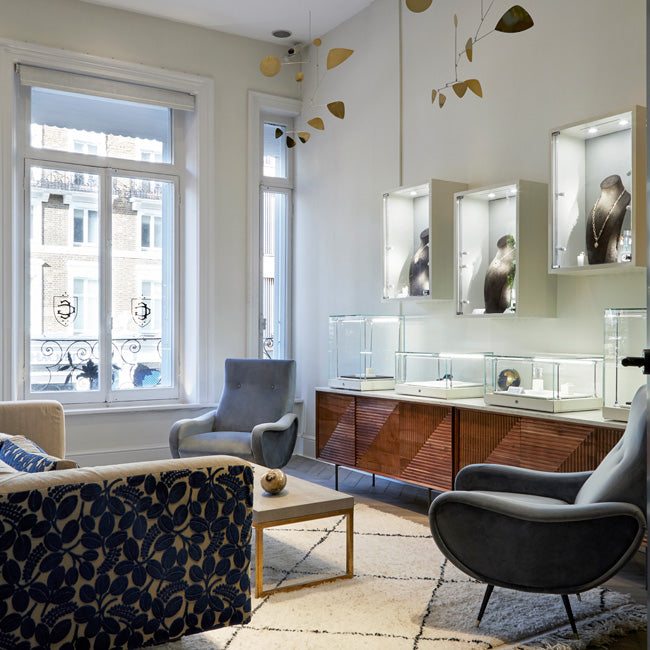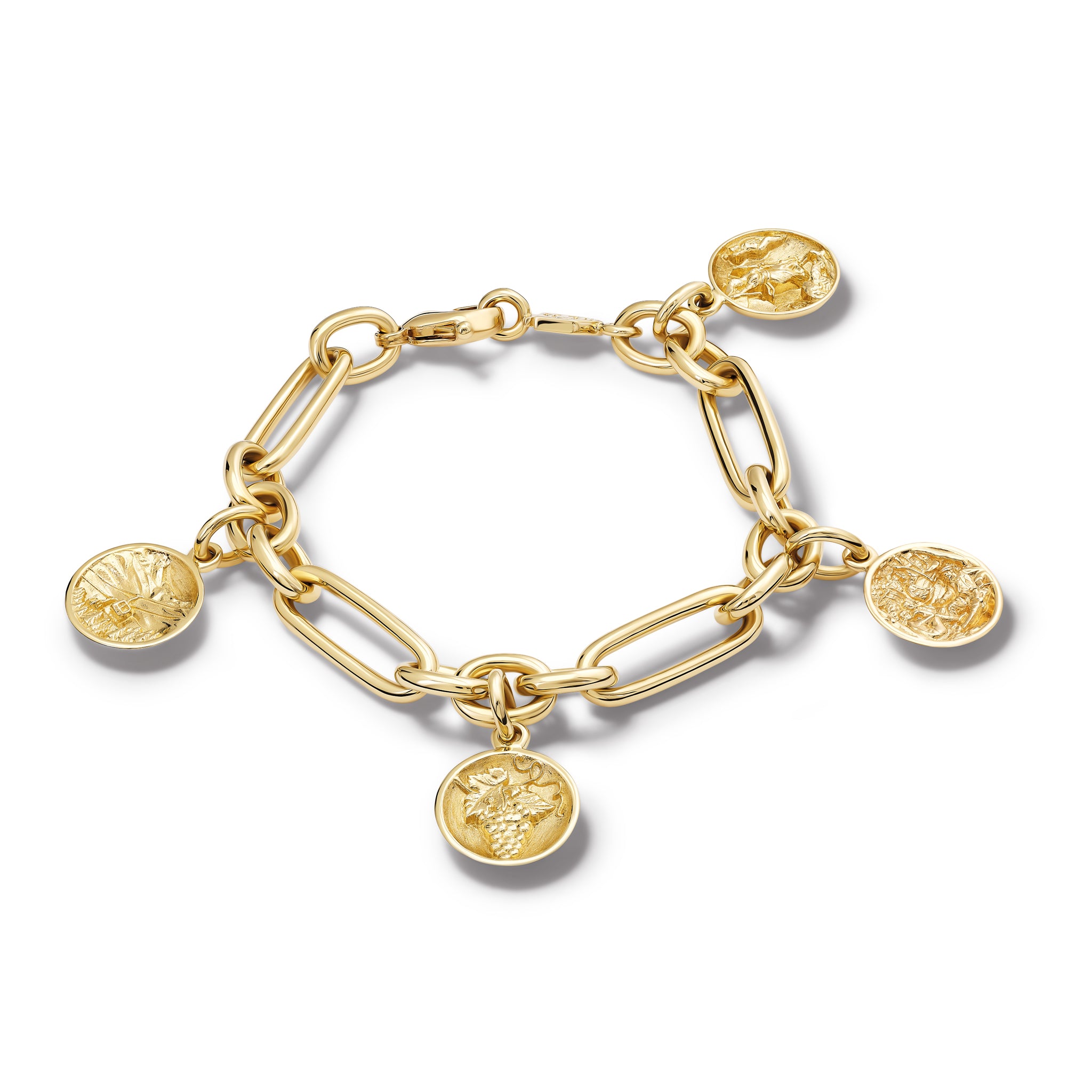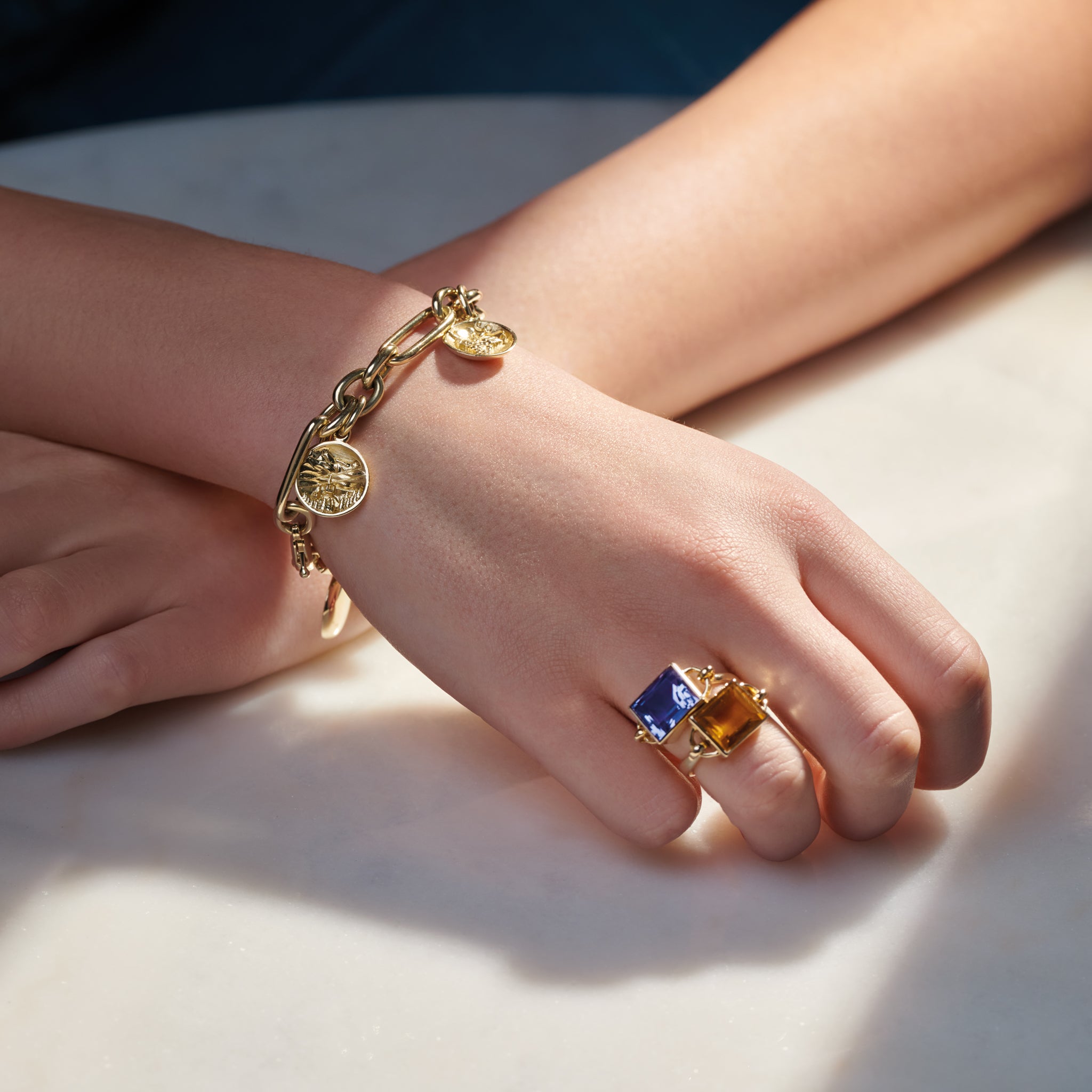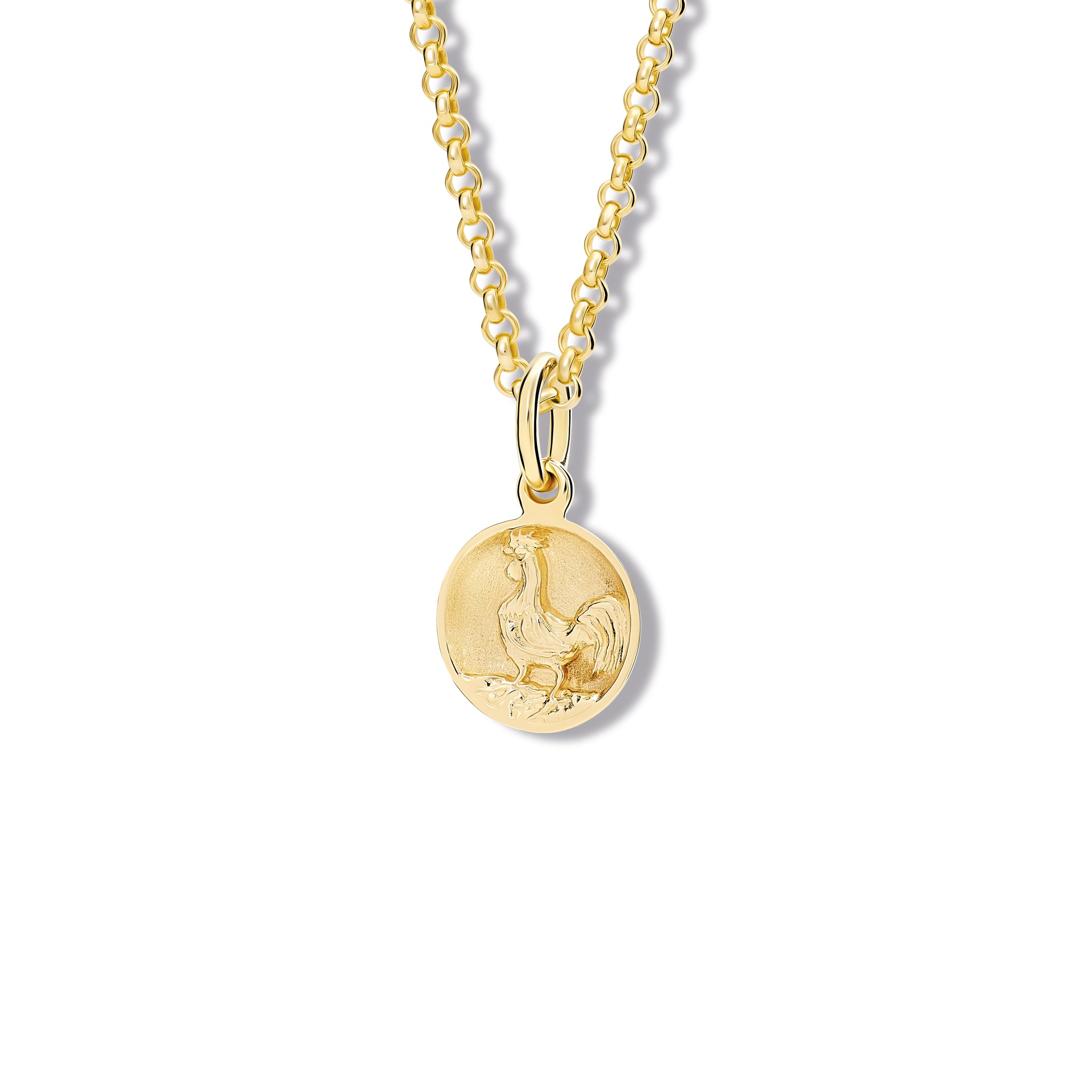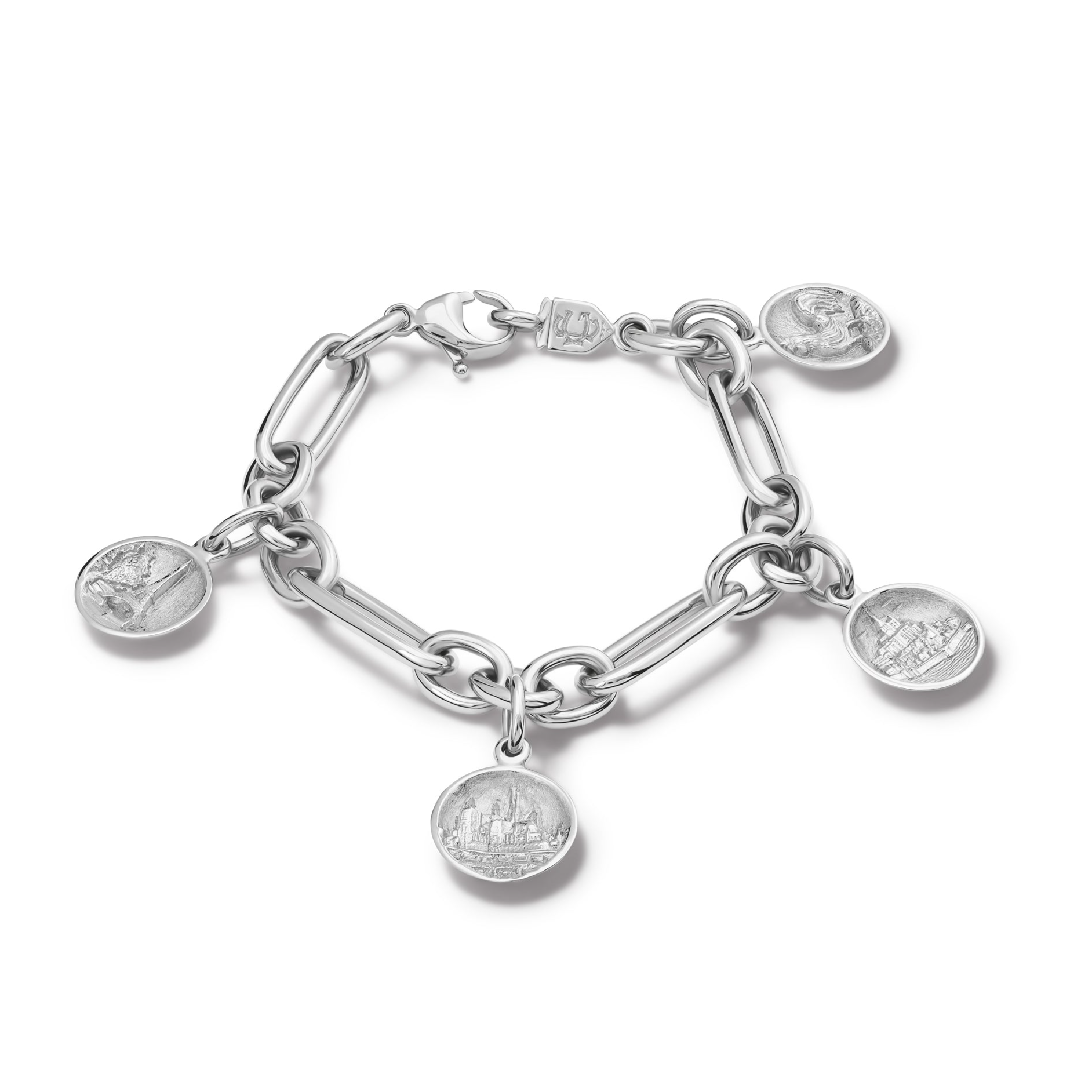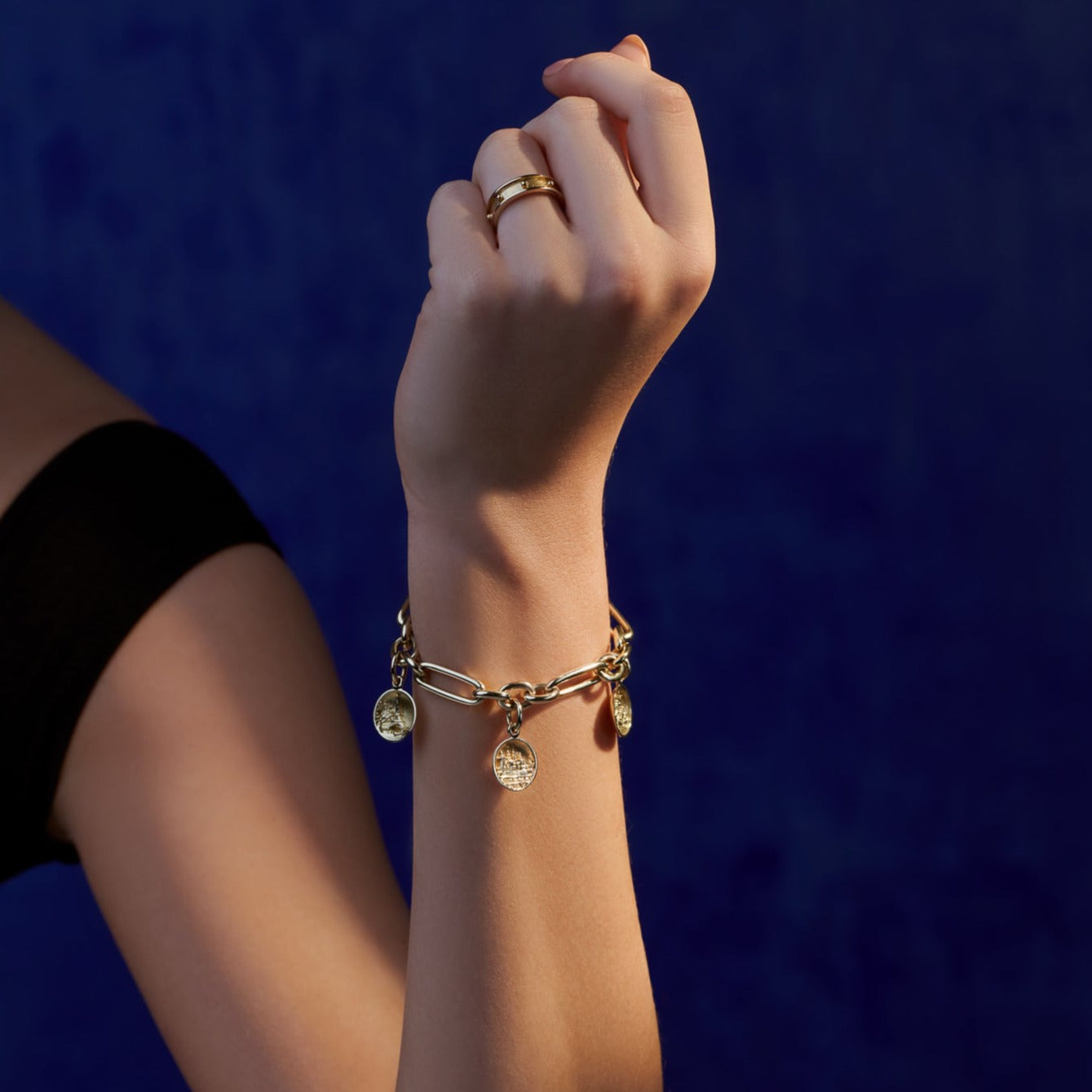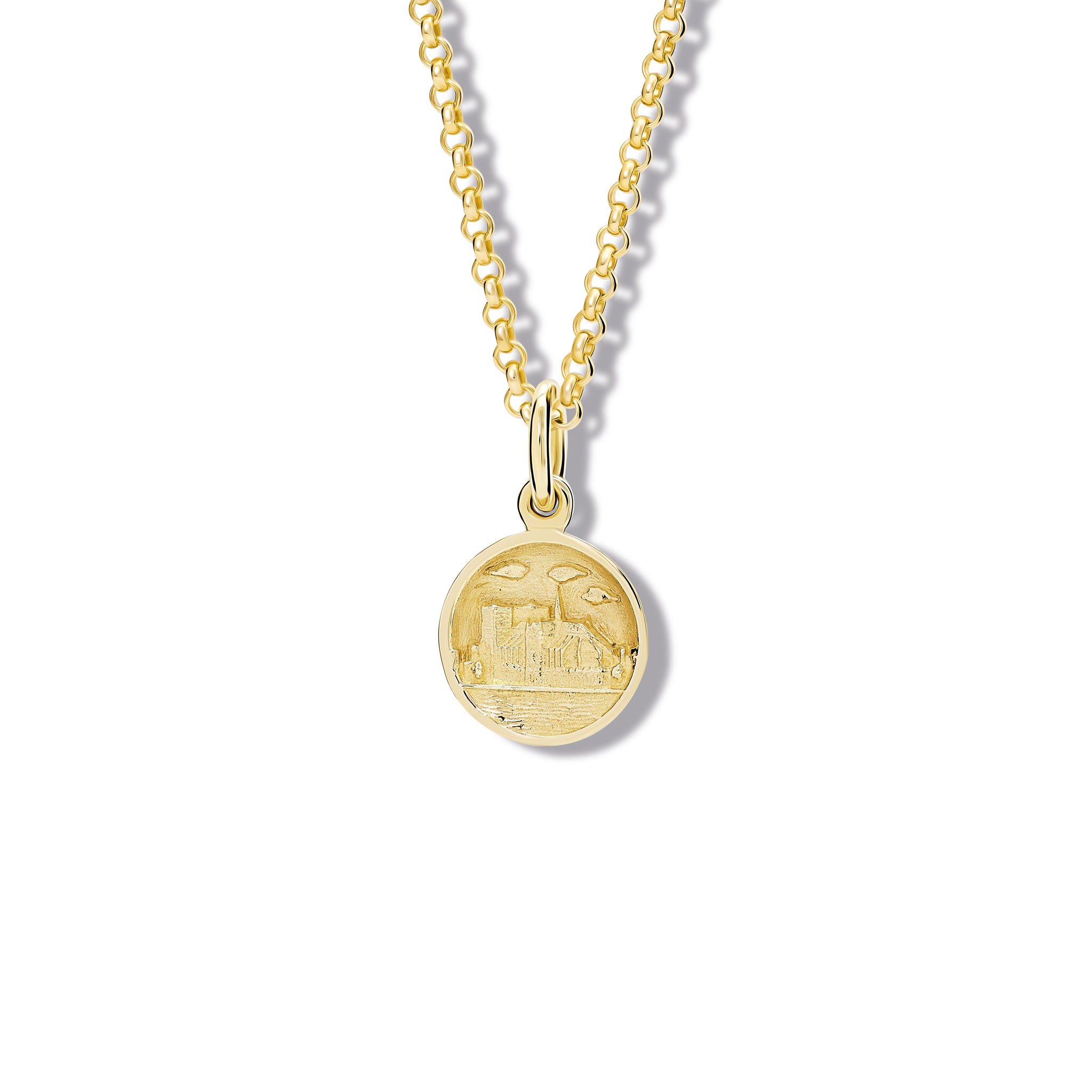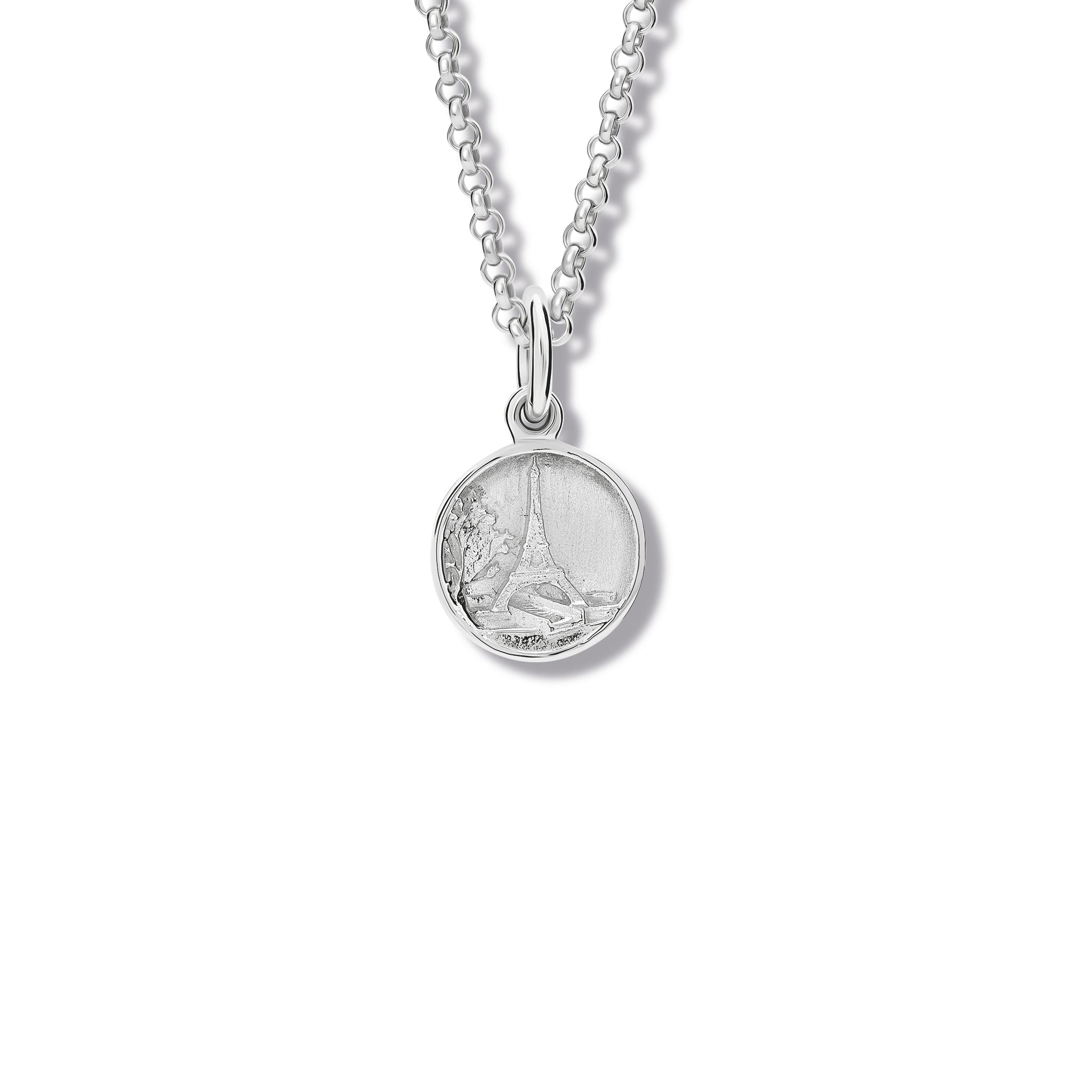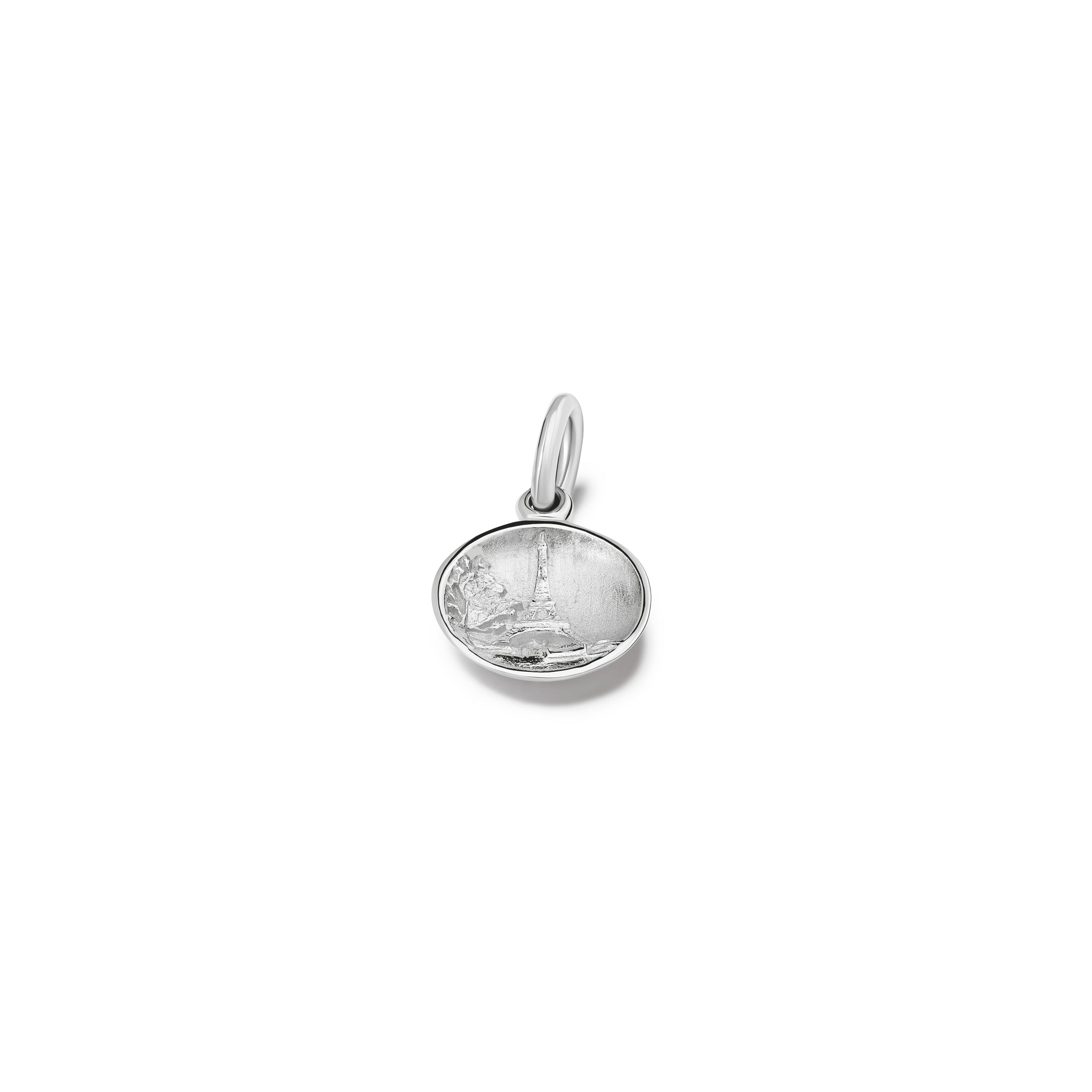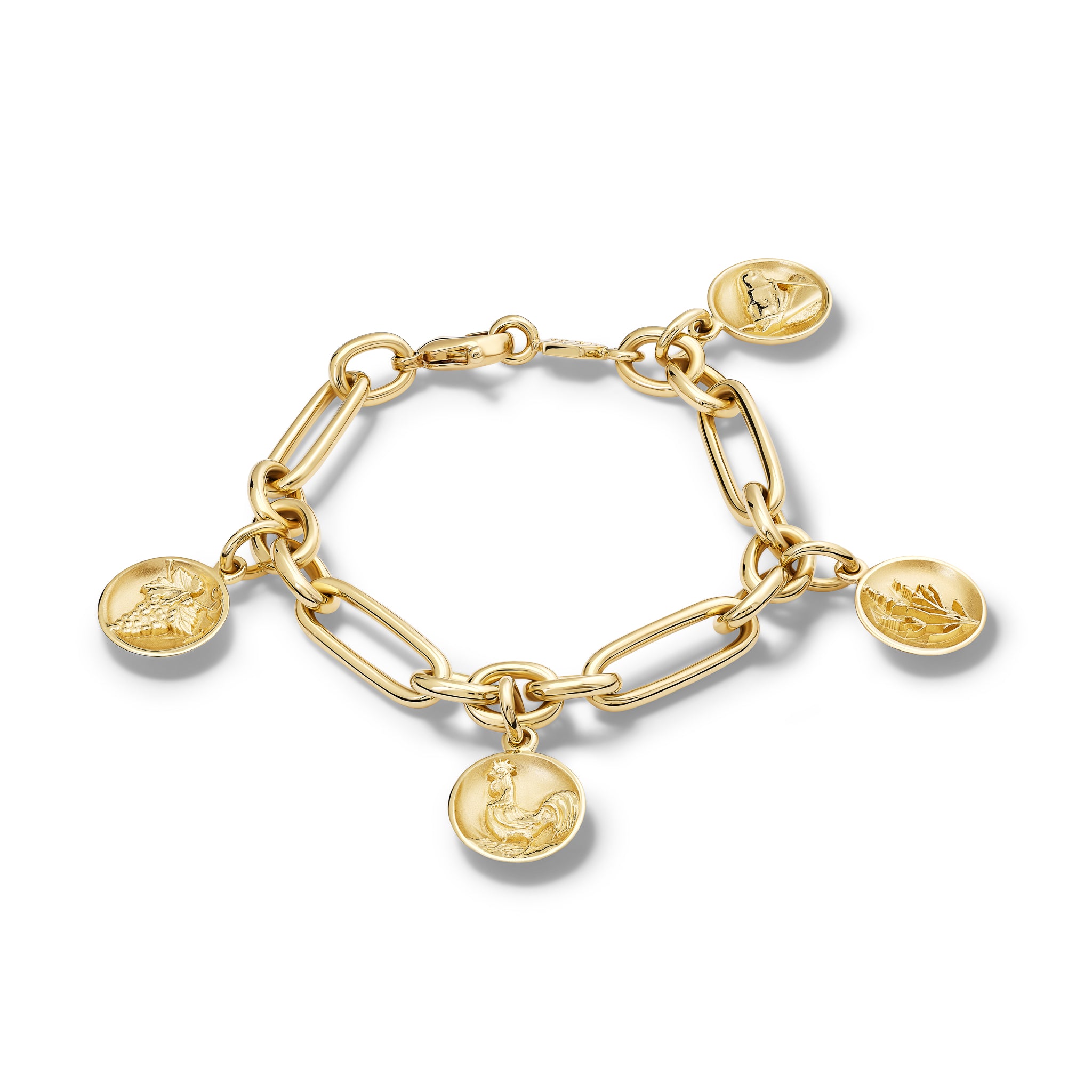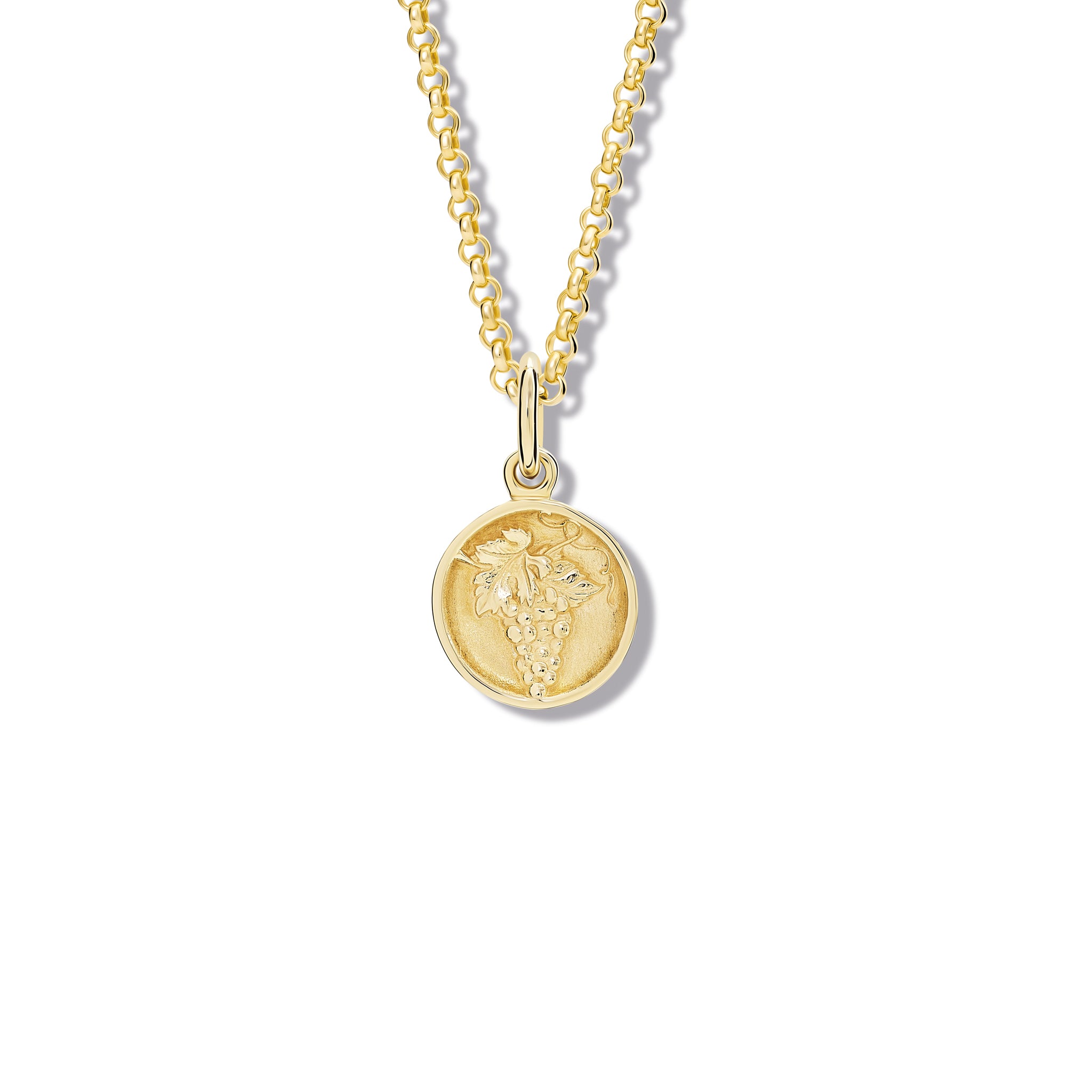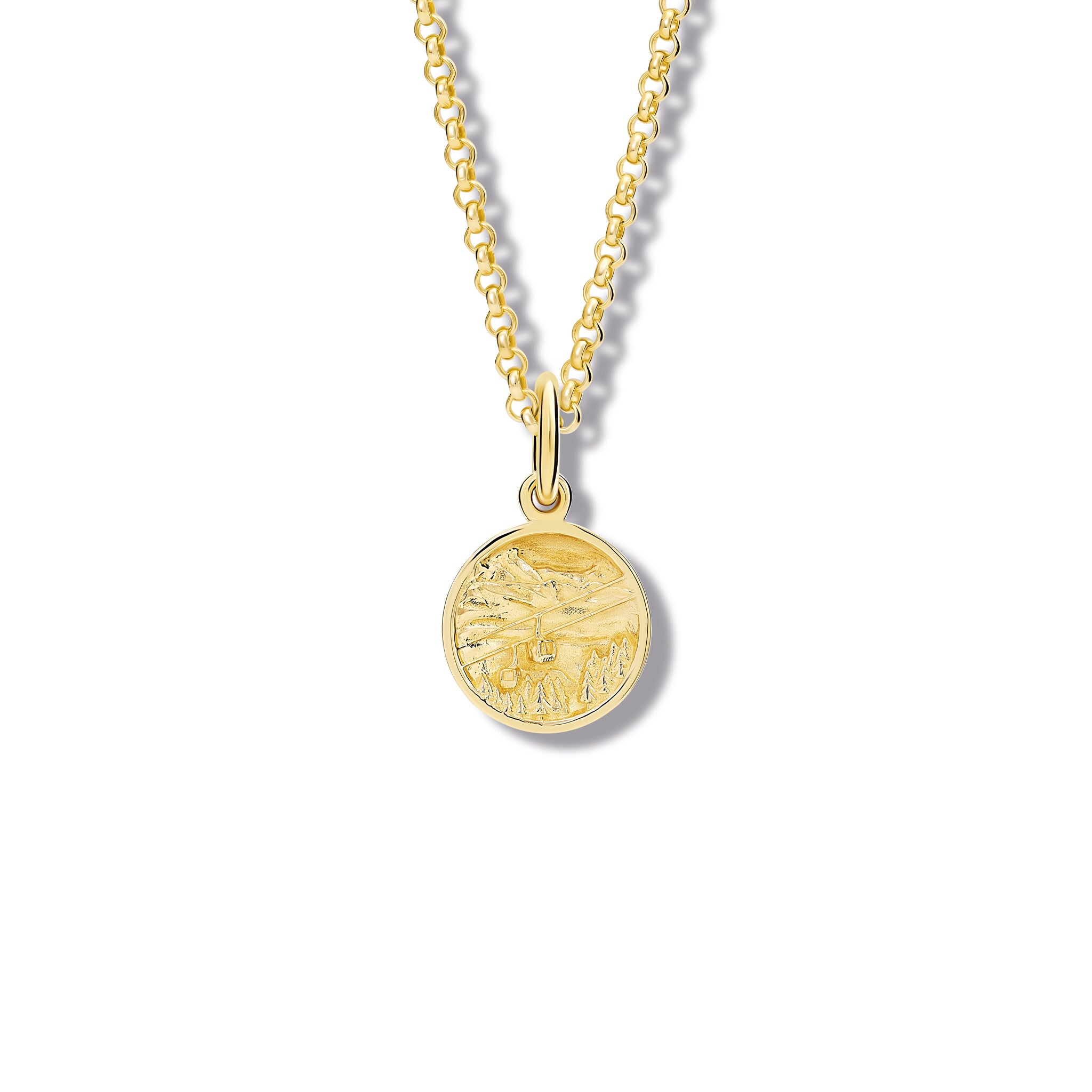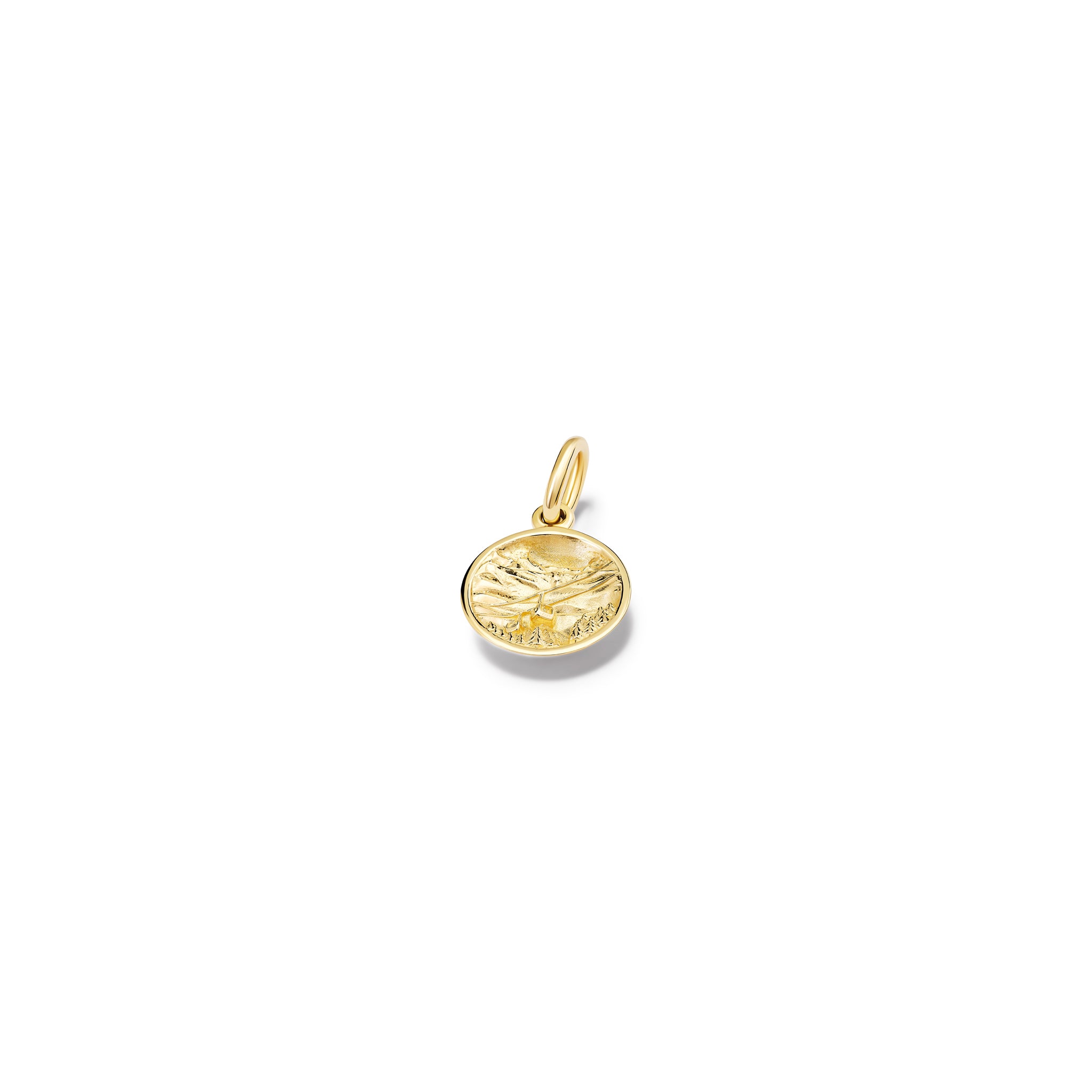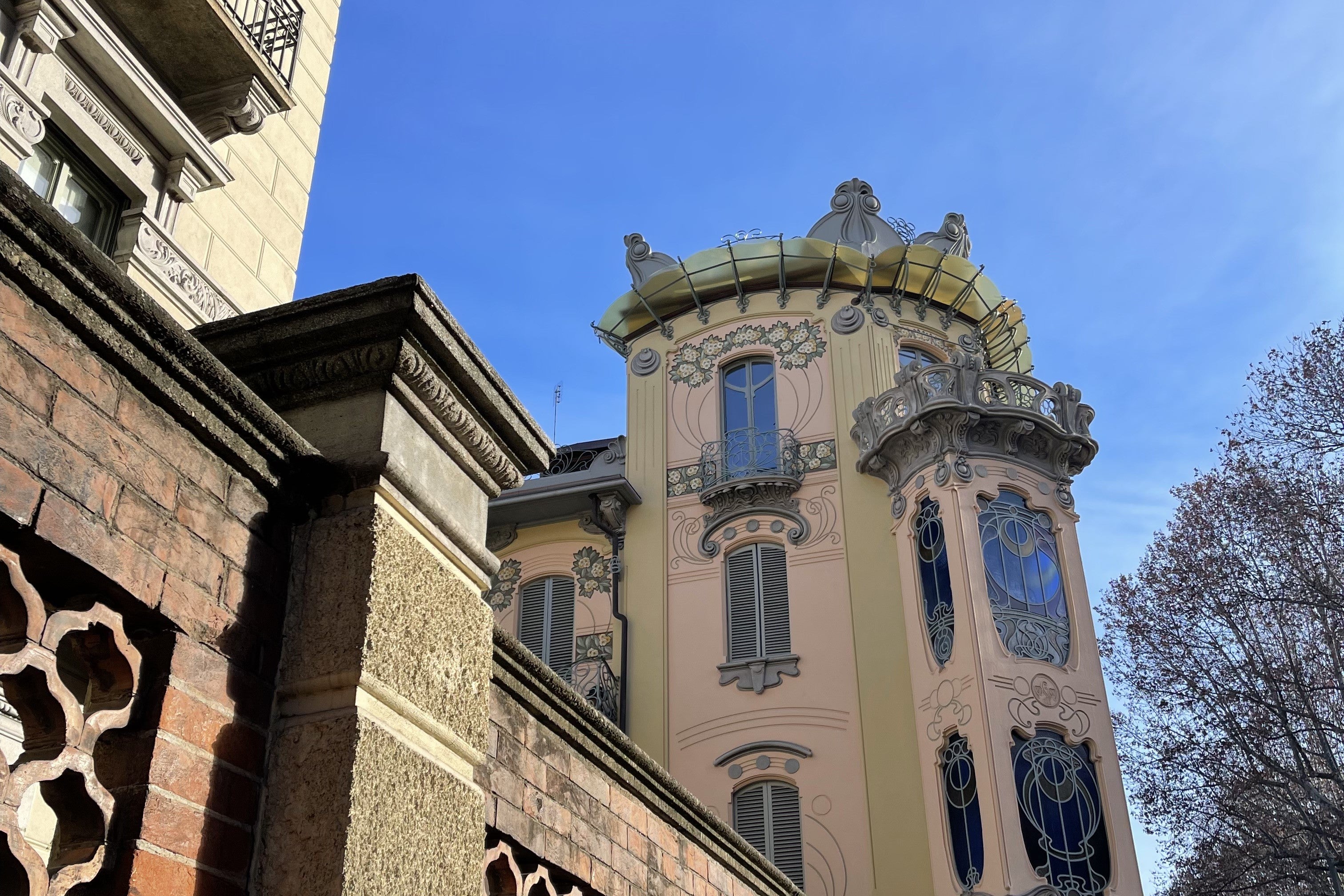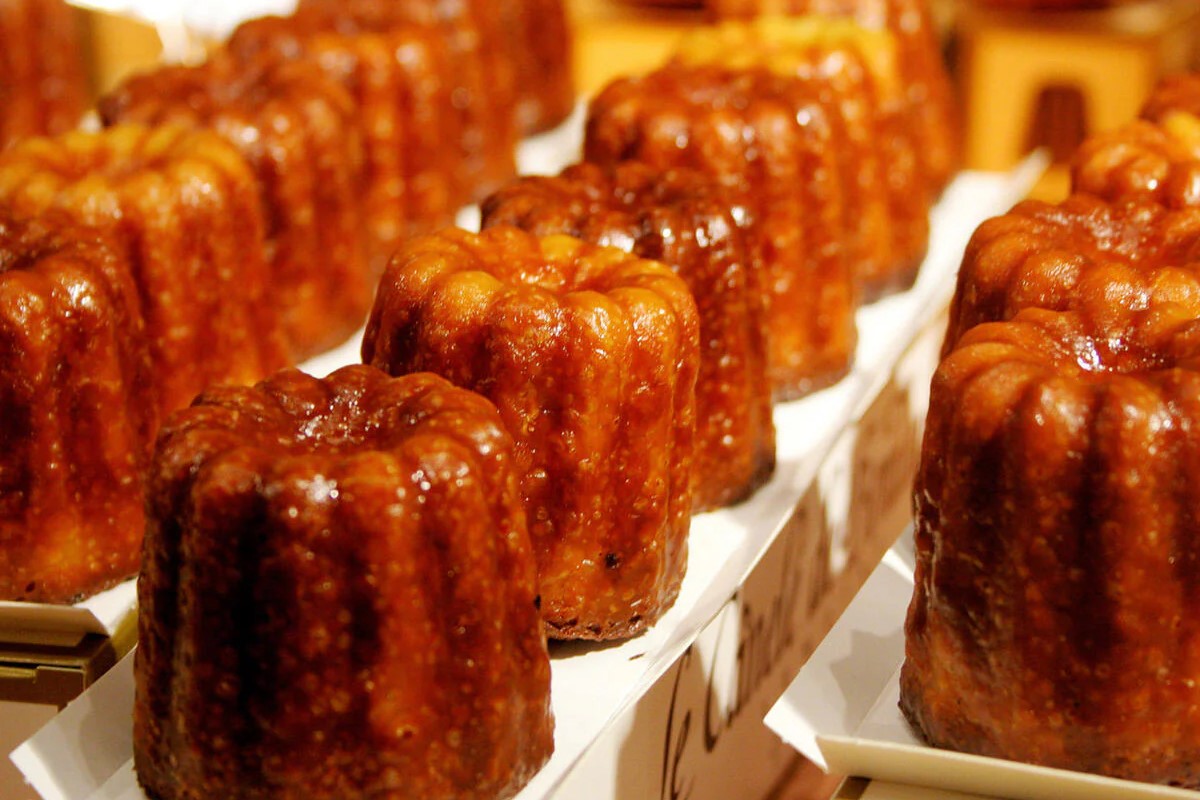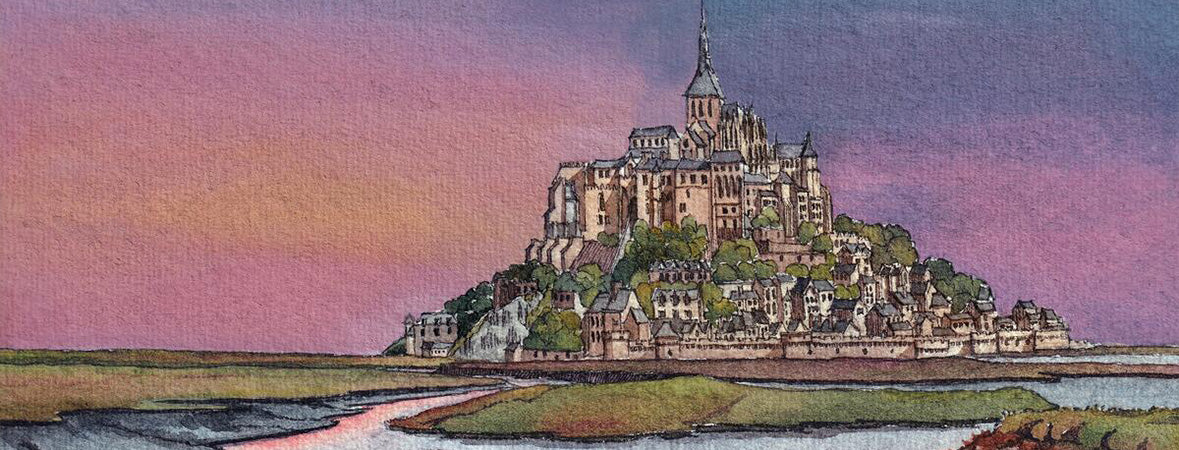
Normandy Beaches
Richard Barber, British historian and writer and Cassandra's cousin , remembers Normandy.
"Next to my grandmother's fireside chair in her drawing room hung a small oil painting, which was like a window into another era, figures in elaborate Victorian dresses and huge umbrellas on a long flat beach, watching children at play, with bathing huts drawn up on the shore. The sky was vast, and the sea grey-blue; you can feel a cool sea breeze and a cooler ocean. The painter was Eugene Boudin, whose father's shop in Le Havre sold picture frames in the middle of the nineteenth. Working at the shop, Boudin met some of the leading French painters of the day (including Thomas Couture, who had taught my great-great-grandmother in the 1850s). He was one of the first painters to use oil paints - newly available in tubes - in the open air, and he encouraged the young Claude Monet to do the same. He himself produced a dozen or more pictures of the beaches from 1855 until he moved abroad in 1870."
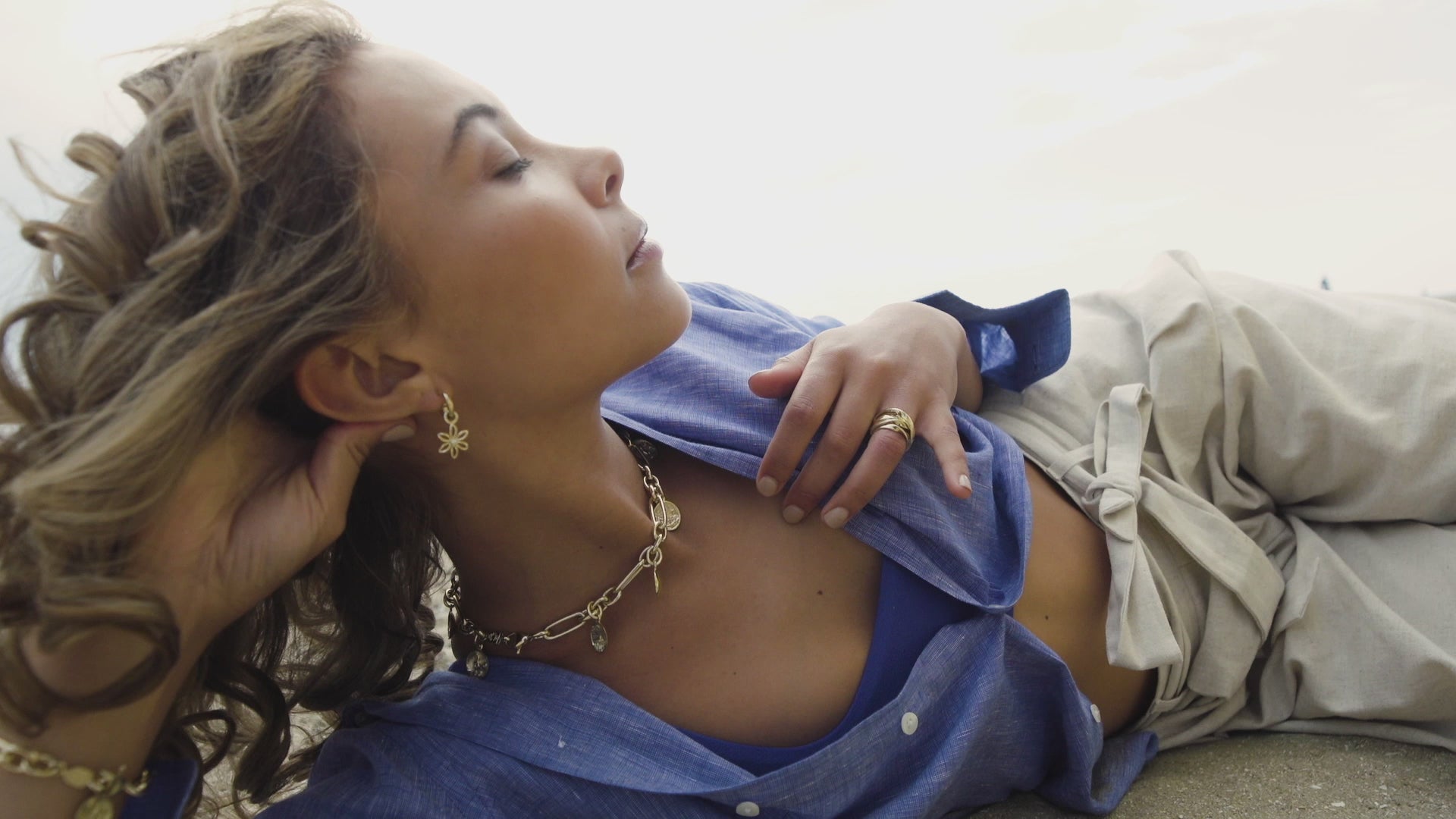
The shop transports you into a world where time stands still. The air is infused with a musky aroma of pigments; the old tables and shelves are adorned with worn and smooth wooden trays containing row upon row of coloured cylindrical sticks, graduating delicately from light to dark tones within their respective hues. They currently have some 1800 colours and are always seeking to create new ones.

"The Normandy beaches are also steeped in history. Except for a brief period between William the Conqueror's victory at Hastings in 1066 and King John's loss of the duchy of Normandy in 1204, they are part of the boundary separating France and England. In July 1346, when Edward III invaded France in an attempt to claim the French throne, he landed at the western end of the Normandy beaches, near Saint Vaast la Hougue. His fleet anchored off the fine beaches on the east of the Cherbourg peninsula, where he unloaded the ships by beaching them on the tide. Six hundred years later the same area was the focus of the invasion of France in June 1944."
Mont St Michel
"Few spectacles can equal that of Mont-Saint-Michel rising out of the misty shoreline as you come out of Avranches and look down on the bay in which it lies, standing on a rock outcrop rising 500 feet above the sea surrounding it. Its nickname, 'St Michael in peril of the sea', comes from the extreme range of the tides, which rise and fall as much as forty-five feet. Access to the Mont used to be dangerous, because they flowed in so rapidly across the flat sands. Its dedication is not to a historical saint, but to the shadowy figure of the Archangel Michael. Of all the great pilgrimages shrines it seems the most pagan, dedicated more to the spirit of the place than to an orthodox religious figure.
Visiting Mont-Saint-Michel today, the first reaction may be one of horror at the immense throngs who crowd onto this island each day, especially in summer. Yet this is how it has always been for the last eight hundred years. The narrow street leading to the monastery entrance offers a scene which has changed only in detail since the days of the medieval pilgrimages. If you substitute inns for the restaurants and change the gaudy souvenirs and fast food of today for lead badges and provisions sold from a medieval stall, little has altered. Perhaps even the tourist's motives, seeking culture and a sense of identity with the past, are not entirely out of keeping with the quests of the medieval pilgrims. One such pilgrim-visitor was the American historian Henry Adams, at the beginning of the twentieth century, who captured the spirit of the place in wonderful flowery prose:"
"The Archangel loved heights. Standing on the summit of the tower that crowned his church, wings, upspread, sword uplifted, the devil crawling beneath, and the cock, symbol of eternal vigilance, perched on his mailed foot. Saint Michael held a place of his own in heaven and earth. The Archangel stands for Church and State, both militant. He is the conqueror of Satan, the mightiest of all created spirits, the nearest to God. His place was where the danger was greatest; therefore you find him here. For the same reason he was, while the pagan danger lasted, the patron saint of France. So the Normans, when they were converted to Christianity, put themselves under his powerful protection. So he stood for centuries on his Mount in Peril of the Sea, watching across the tremor of the immense ocean, as Louis XI inscribed on the collar of the Order of Saint Michael which he created. So soldiers, nobles, and monarchs went on pilgrimage to his shrine; so the common people followed, and still follow, like ourselves."
HENRY ADAMS
France Pendants
The Gallic Rooster
"The official website of the French foreign office describes the cock as a religious symbol from the middle ages which became 'the most widely shared representation of the French people'. Used intermittently as an emblem of France in the seventeenth and eighteenth century, particularly at royal funerals, the cock came into its own with the French Revolution. Alongside the French equivalent of Britannia, Marianne, the cock, shown like Marianne with the cap of Liberty or Phrygian bonnet, the Revolution 'established the rooster as the representation of the Nation's identity. It was featured on the "écu" coin, sporting the Phrygian bonnet, and on the seal of the Premier Consul. The allegorical figure Fraternity often carried a staff surmounted by a rooster.' Napoleon, who felt that this was not an appropriate symbol for his new Empire, replaced it by an eagle; but with the return of the Republic the rooster once more became the bird of choice. It appears on the wrought iron gates of the presidential palace, the Elysée, and on gold coins issued in the early twentieth century. To quote the diplomats again,
"...the rooster became the symbol of a France springing from peasant origins, proud, opinionated, courageous and prolific. Even though it is not an animal that is always attributed with purely positive characteristics, the rooster symbolizes France abroad. While the rooster is not an official symbol of the Republic, it still stands for a certain idea of France. In the collective imagination, particularly in the area of sports, it remains the best illustration of France."
Le Coq Gallois


